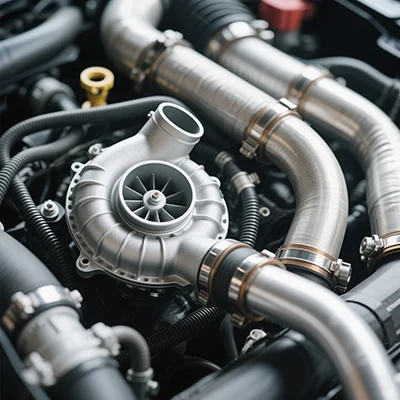Unveiling the Mystery: How to Determine if Your Printer is Equipped with a Hard Drive
In today’s digital age, printers have evolved far beyond their basic function of producing hard copies of documents. Many modern printers, particularly those designed for business environments, come equipped with advanced features, including built-in hard drives. Understanding whether your printer has a hard drive is crucial for optimizing its performance, enhancing security, and managing your printing tasks effectively. In this article, we will explore various methods to determine if your printer has a hard drive, the implications of having one, and how to leverage this feature for your printing needs.
Understanding Printer Hard Drives
Before diving into the methods of identification, it’s essential to understand what a printer hard drive is and its functions. A hard drive in a printer serves as a storage medium for print jobs, scanned documents, and even firmware updates. This capability allows for faster processing of print jobs, the ability to store frequently used documents, and enhanced security features, such as secure printing and user authentication.
Why It Matters
Knowing whether your printer has a hard drive can significantly impact your printing workflow. For instance, printers with hard drives can:
- Enhance Performance: They can process multiple print jobs simultaneously, reducing wait times.
- Improve Security: Sensitive documents can be stored securely and printed only when the user is present.
- Facilitate Document Management: Users can save and retrieve documents directly from the printer, streamlining operations.
How to Determine if Your Printer Has a Hard Drive
- Check the Printer Specifications
The most straightforward method to ascertain if your printer has a hard drive is to consult the manufacturer’s specifications. This information can usually be found in the user manual or on the manufacturer’s website. Look for terms like “hard drive,” “internal storage,” or “memory” in the specifications.
- Access the Printer’s Control Panel
Many modern printers come with a control panel that provides detailed information about the printer’s capabilities. Navigate through the menu options to find settings related to storage or memory. If your printer has a hard drive, there may be options for managing stored documents or print jobs.
- Use Printer Management Software
If your printer is connected to a network, you can often use printer management software provided by the manufacturer. This software can give you a comprehensive overview of your printer’s features, including whether it has a hard drive. Look for options that display the printer’s configuration or status.
- Check for Secure Print Features
Printers equipped with hard drives often support secure print features. If your printer has options for secure printing, such as requiring a PIN to release a print job, it likely has a hard drive. This feature is designed to enhance document security by ensuring that sensitive print jobs are not left unattended.
- Consult Online Resources and Forums
If you’re still unsure, consider visiting online forums or communities dedicated to printing technology. Many users share their experiences and insights regarding specific printer models. Websites like Reddit or specialized tech forums can provide valuable information about whether a particular printer model includes a hard drive.
Conclusion
Determining whether your printer has a hard drive is essential for maximizing its capabilities and ensuring efficient printing operations. By following the methods outlined above, you can easily identify the presence of a hard drive in your printer. Understanding this feature not only enhances your printing experience but also allows you to take advantage of advanced functionalities that can streamline your workflow and improve document security.
